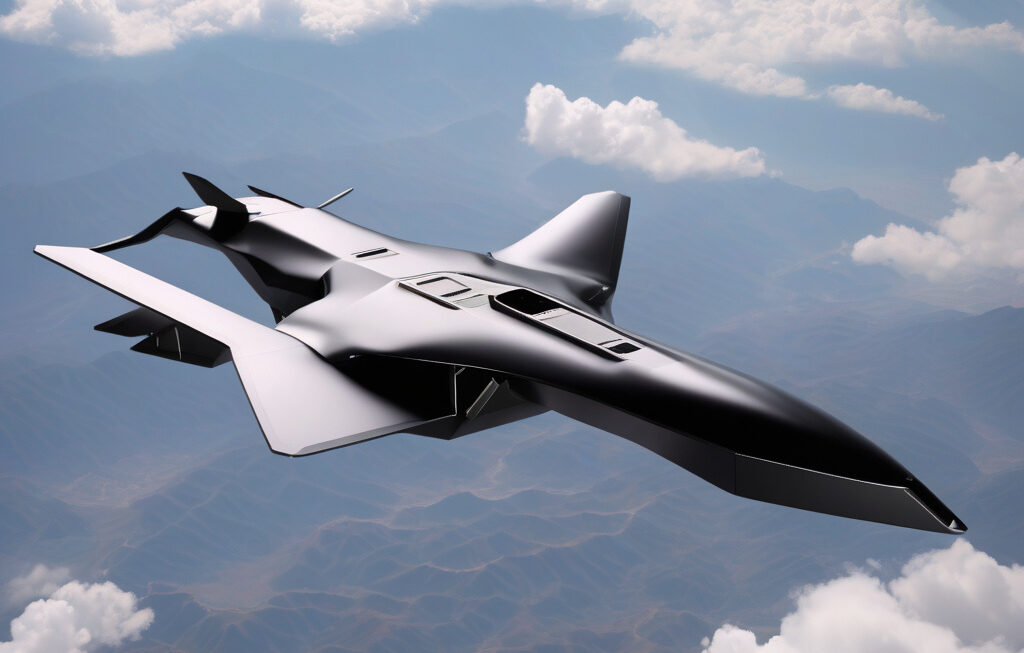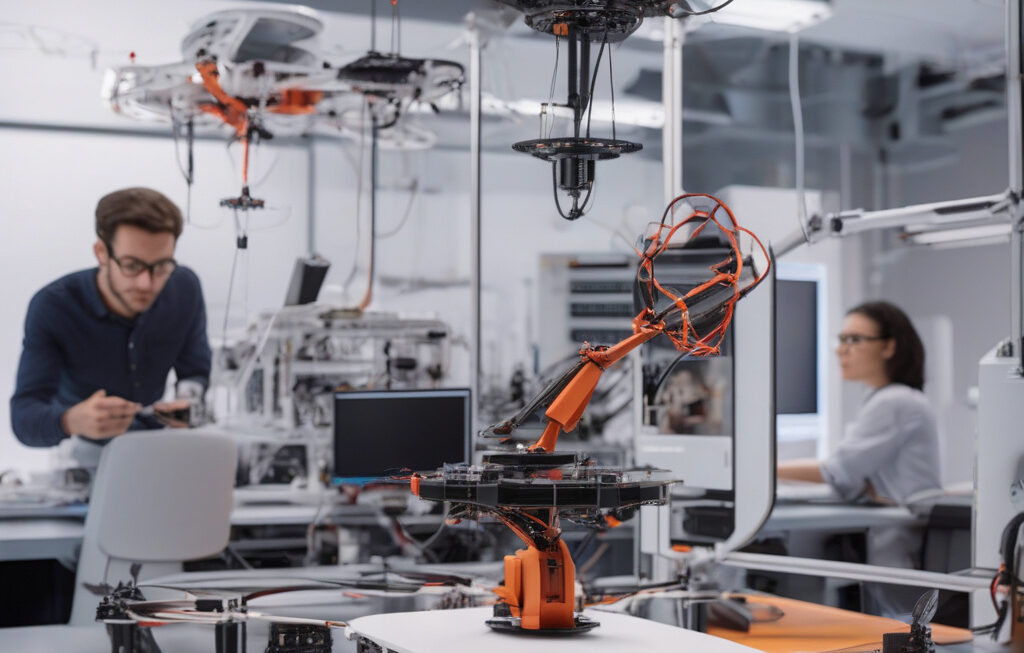GE Aerospace Expands US Hypersonic Test Facility for Mach 5+ Speeding Weapons, Drones
GE Aerospace has announced it will expand its hypersonic testing infrastructure in the US. The move comes in response to the increasing demand for advanced testing facilities to support the development of hypersonic technologies, particularly in the defense sector. With hypersonic weapons and drones becoming a focal point for military advancements, GE Aerospace’s decision to enhance its capabilities underscores the importance of staying ahead in this ever-evolving field.
Hypersonic technology has garnered significant attention in recent years due to its ability to travel at speeds exceeding Mach 5, or five times the speed of sound. This unparalleled speed opens up a new realm of possibilities for defense applications, including rapid strike capabilities and enhanced reconnaissance missions. As countries around the world race to develop and deploy hypersonic systems, having state-of-the-art testing facilities is crucial for ensuring the reliability and effectiveness of these cutting-edge technologies.
By expanding its hypersonic test facility, GE Aerospace is not only meeting the current needs of the defense industry but also positioning itself as a key player in shaping the future of hypersonic technology. The upgraded infrastructure will provide a dedicated space for testing hypersonic vehicles, engines, and propulsion systems under realistic conditions, allowing engineers and researchers to gather essential data to inform the design and performance of these advanced systems.
Moreover, GE Aerospace’s investment in its hypersonic testing capabilities is a testament to the company’s commitment to innovation and pushing the boundaries of what is possible in aerospace engineering. As hypersonic technology continues to evolve, having a robust testing facility will be instrumental in accelerating the development process and bringing cutting-edge solutions to the market in a timely manner.
One of the key advantages of GE Aerospace’s expanded hypersonic test facility is its ability to support both government and commercial customers in advancing their hypersonic programs. By offering a world-class testing environment, GE Aerospace is not only catering to the needs of defense organizations but also opening up opportunities for collaboration with private companies looking to leverage hypersonic technology for various applications, such as high-speed transport or space exploration.
In addition to the technical capabilities of the facility, GE Aerospace’s commitment to quality and safety standards ensures that all testing activities adhere to the highest industry regulations. This dedication to excellence is essential when working with cutting-edge technologies that have the potential to revolutionize the aerospace sector and shape the future of national security and global defense strategies.
As GE Aerospace expands its hypersonic test facility in the US, the company is poised to play a pivotal role in advancing hypersonic technology and driving innovation in the aerospace industry. By providing a state-of-the-art testing environment for hypersonic weapons, drones, and other advanced systems, GE Aerospace is setting the stage for the next generation of high-speed, high-performance aerospace solutions.
In conclusion, GE Aerospace’s decision to expand its hypersonic test facility underscores the critical importance of investing in infrastructure to support the development of advanced aerospace technologies. With hypersonic capabilities becoming increasingly vital in modern defense strategies, having cutting-edge testing facilities is essential for staying competitive in a rapidly evolving global landscape.
GE Aerospace’s dedication to enhancing its hypersonic testing capabilities highlights its commitment to driving innovation and fostering collaboration in the aerospace industry, ultimately paving the way for a future where hypersonic technologies redefine the possibilities of aerial warfare and beyond.
GE Aerospace, Hypersonic Technology, Aerospace Engineering, Defense Innovation, Future of Flight












